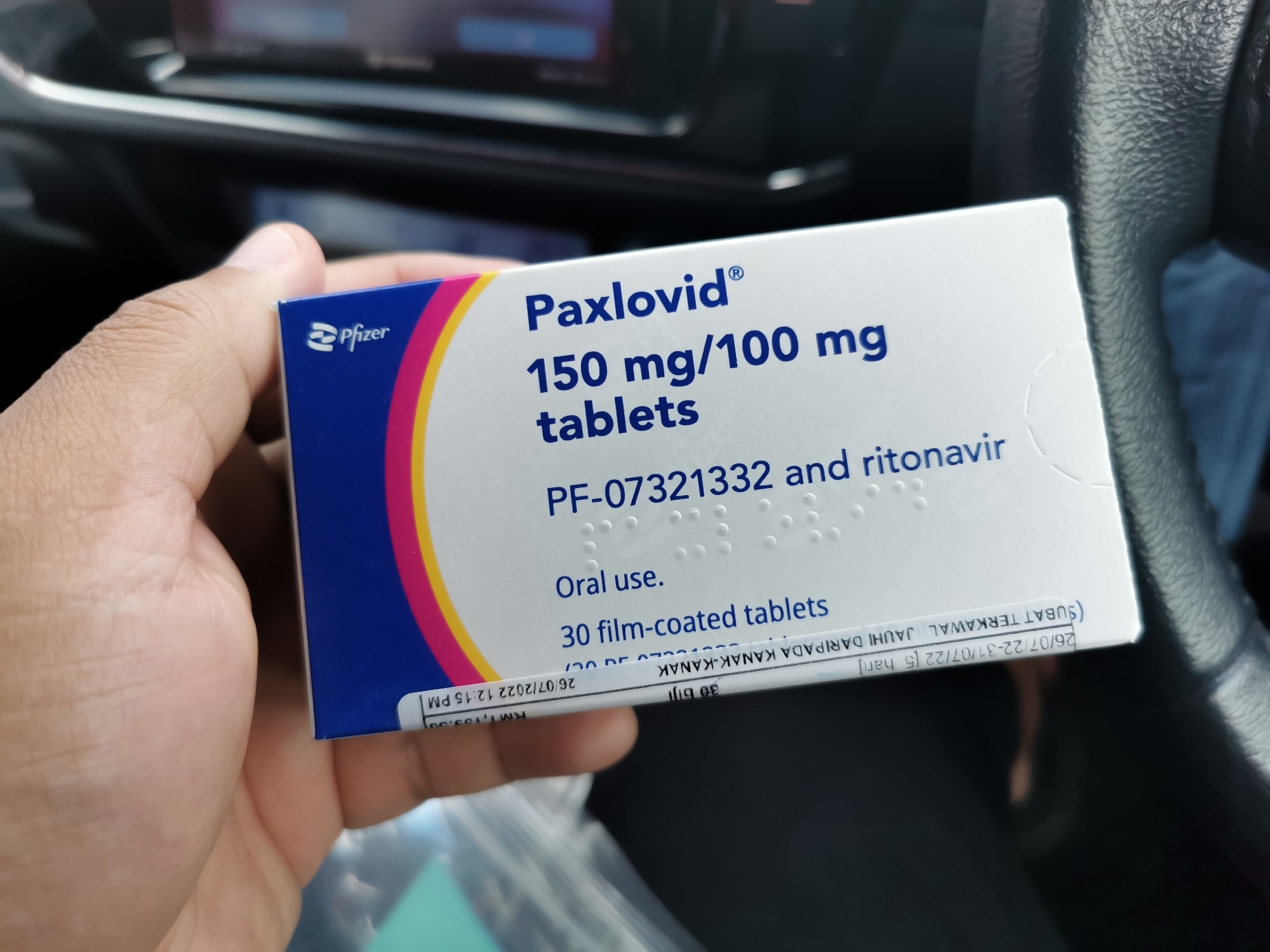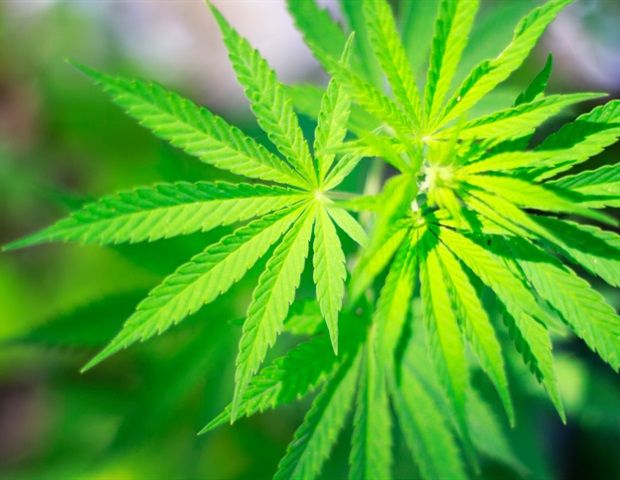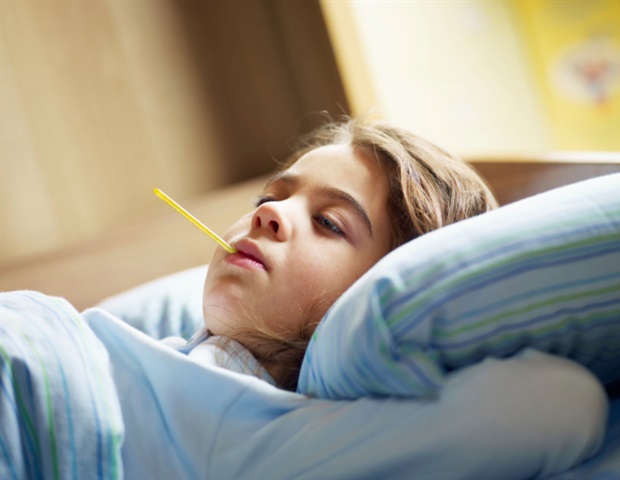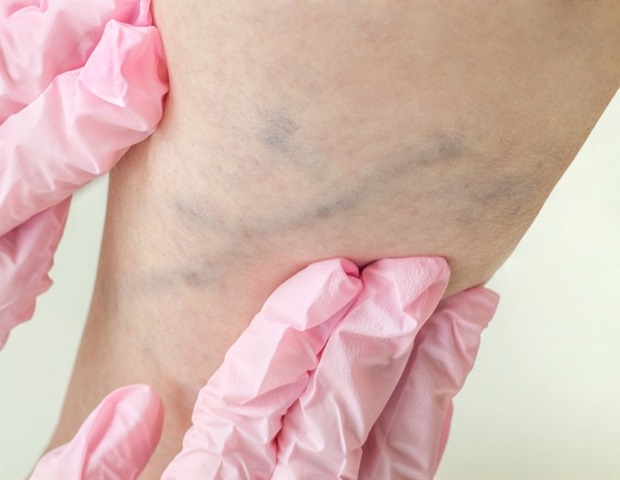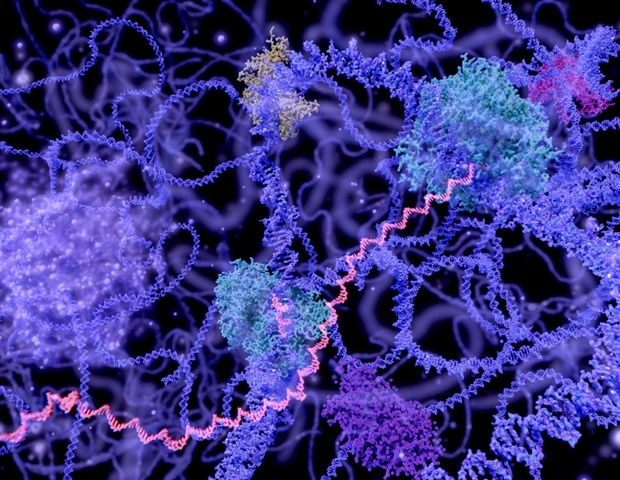In a recent study posted to the medRxiv* preprint server, researchers evaluated differences in viral and symptom rebounds between Paxlovid-treated and untreated coronavirus disease 2019 (COVID-19) patients.
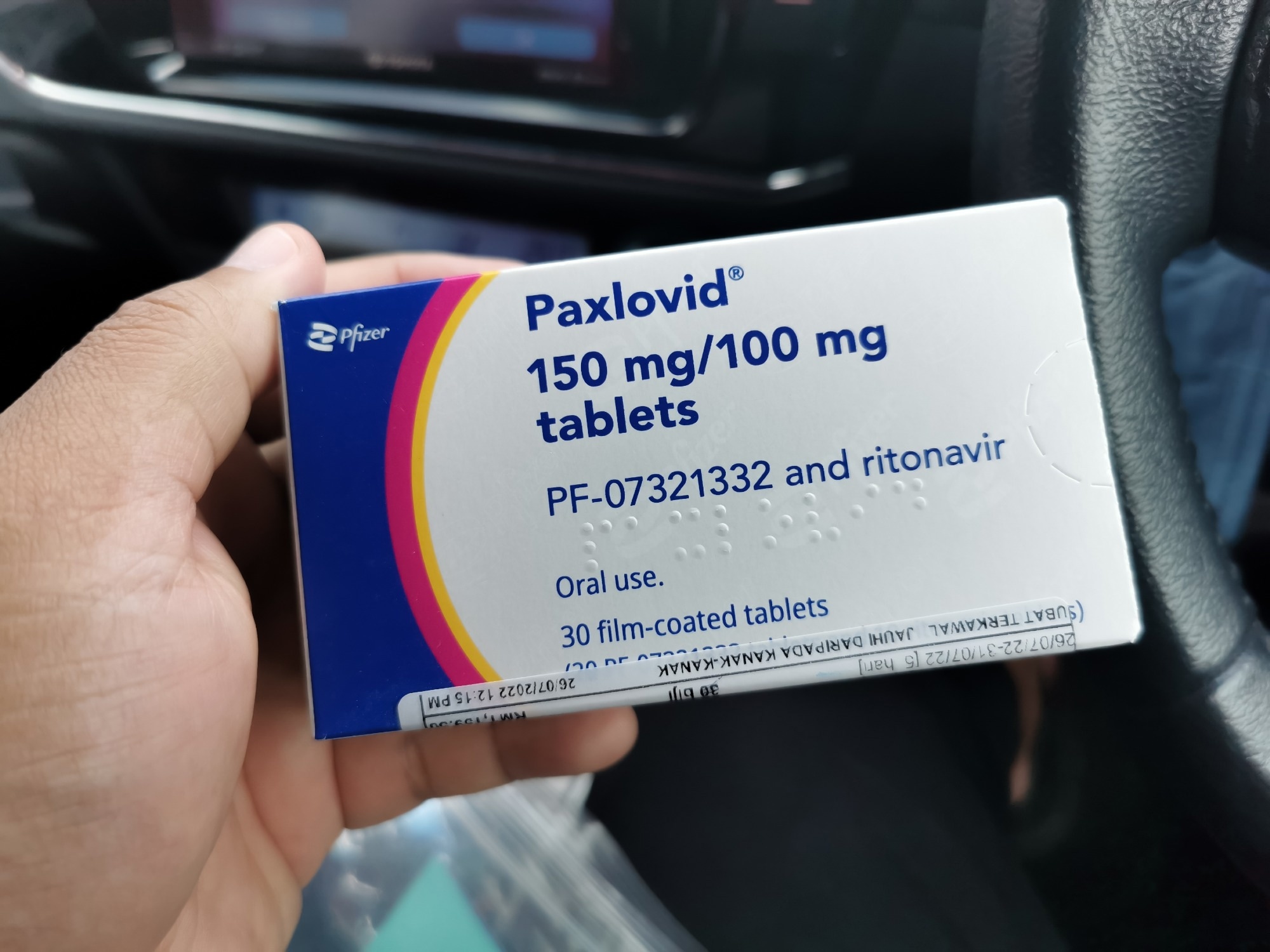
Background
Studies have documented returning or rebounding of severe acute respiratory syndrome coronavirus 2 (SARS-CoV-2) infection symptoms with elevated viral loads following Paxlovid treatment. Interestingly, studies have also reported viral, and symptom rebounds among individuals not treated with therapeutic agents that could resolve symptoms.
Research has indicated that the rebounds may be associated with Paxlovid pharmacodynamic properties or antiviral drug interactions with immune responses to SARS-CoV-2. However, scientific peer-reviewed Paxlovid rebound data has largely been based on retrospective study designs.
About the study
In the prospective cohort study, researchers prospectively compared Paxlovid rebound epidemiology among treated patients and untreated patients with acute SARS-CoV-2 infections.
The decentralized and digital study comprised individuals who tested SARS-CoV-2-positive using the eMed Test-to-Treat telehealth diagnostic kits and could be prescribed Paxlovid treatment for evaluating SARS-CoV-2 clearance and rebound COVID-19 symptoms. Based on drug acceptability, the participants were allocated to either a Paxlovid (treatment) group or a control group.
Only adults with SARS-CoV-2-positive reports of rapid antigen tests and Paxlovid prescriptions from eMed telehealth proctoring were included in the analysis.
The Paxlovid group participants were provided email links to access study materials and telehealth-proctored rapid antigen test kits for at-home testing. Paxlovid group participants completed their initial SARS-CoV-2 at-home testing and surveys related to COVID-19 symptoms experienced on the second and fifth day of Paxlovid treatment, and subsequently, every alternate day up to 16 days, after which, the individuals completed surveys about long COVID/persistent symptoms at 1.0-, 3.0-, and 6.0-monthly intervals.
The team evaluated the SARS-CoV-2 rebound based on test reports and the rebound of COVID-19 symptoms based on patient-documented symptoms and excluded individuals who could not converse in English and did not reside in the United States. The prime study endpoints were incidence rates of SARS-CoV-2 (testing) and the rebound of COVID-19 symptoms in the two groups following acute SARS-CoV-2 infections. Secondary study endpoints included the duration for resolution of COVID-19 symptoms, duration for a SARS-CoV-2-negative rapid antigen test, duration between a SARS-CoV-2-negative test report to a SARS-CoV-2-positive test rebound, and the frequency of COVID-19 symptoms in the two groups during acute COVID-19 and the 1.0-month interval.
Results
Between 4 August 2022 and 1 November 2022, 247 individuals showed participation willingness, of which 188 individuals finished the 16.0-day procedures. The team excluded Individuals who completed <2.0 surveys or had <2.0 test reports or those who filled out surveys after the defined schedule, resulting in a sample size of 170 individuals, of which 127 and 43 comprised the treatment group and control group, respectively. Viral rebound incidence was 14% and nine percent among Paxlovid-treated and untreated individuals, respectively.
COVID-19 symptom rebound incidence among the corresponding group of individuals was 19% and seven percent, respectively. No significant differences were observed in the viral rebound by sex, age, comorbidities, or main symptom groups in the acute COVID-19 period or at the 1.0-month interval. More Paxlovid-treated individuals were White. Additionally, the duration for SARS-CoV-2 clearance was comparable between the treatment and control groups (seven days in both groups).
Likewise, the duration between the onset of COVID-19 symptoms and the resolution of the first symptom (average ten days versus 11 days) and the duration between symptom onset and the first SARS-CoV-2-negative rapid antigen test report (an average of six days in both groups) were comparable in the corresponding groups. Nearly 20% of study participants in the two groups remained SARS-CoV-2-positive by rapid antigen testing even 10.0 days after the initial positive report.
Individuals with rebounds reported lesser body aches than individuals with no rebound. The frequency of Native Americans and Asians was lower among individuals with a rebound. Among controls, for two individuals, the symptom rebound lasted <5.0 days, and for one, the rebound lasted ≥5.0 days. The corresponding number of treated individuals was 10 and 10, respectively. In addition, for four treated individuals, >1.0 symptoms of SARS-CoV-2 infections rebounded during follow-up.
Conclusions
Overall, the preliminary report findings of the prospective cohort study showed that rebound after clearance of test positivity or symptom resolution was greater than previously reported. However, the rebound rates were comparable among the two groups. Further research with larger and more diverse sample populations and longer follow-up periods is required to improve understanding of the rebounds.
Gaining valuable insights into the clinical and demographical characteristics related to rebound development is critical to tailor the duration of treatment and the treatment timing or to identify and advise specific populations at increased risk of developing rebounds. The rebounds could result in unintentional viral transmission after individuals test SARS-CoV-2-negative, and the symptom return could discourage individuals from seeking treatment for preventing COVID-19 progression.
*Important notice
medRxiv publishes preliminary scientific reports that are not peer-reviewed and, therefore, should not be regarded as conclusive, guide clinical practice/health-related behavior, or treated as established information.
